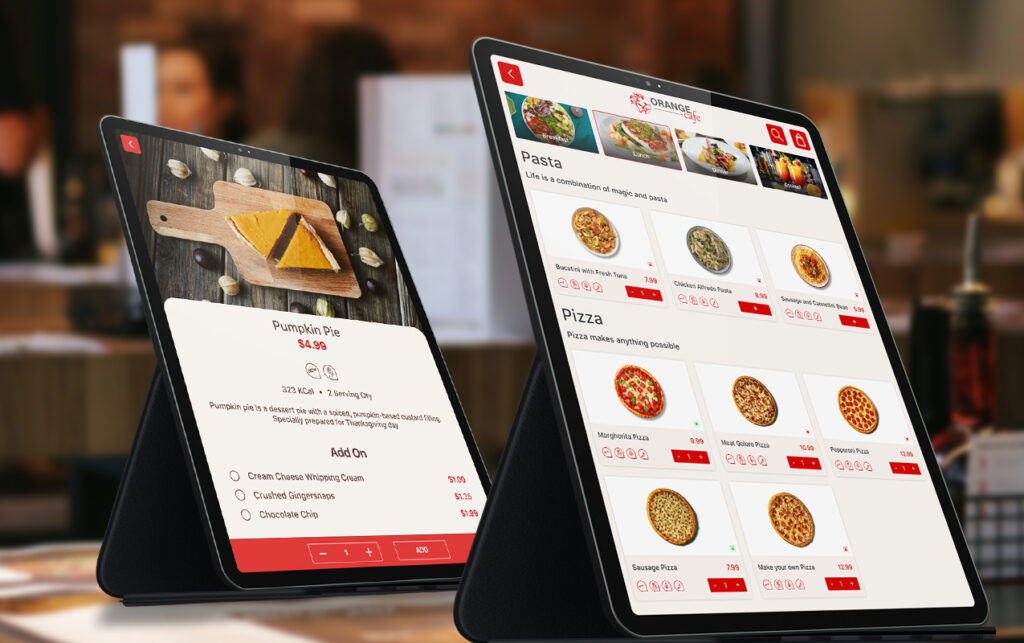As a restaurant owner, you must be wondering: What role does digital menu management play in controlling restaurant costs? This article will explore the role of menu planning, menu pricing, tracking prime costs, and forecasting demand with restaurant management system. I hope that this article will help you decide how to best control restaurant costs. Either, you should consider hiring a restaurant cost management expert. Here is a quick run-down of the essential steps for digital menu management.
Digital Menu Planning
A successful restaurant digital menu should be based on the target market and the type of cuisine served. Moreover, menus should consider recommended storage conditions, personnel skill, product availability, seasonality, and price levels. In addition, it is important to consider the image of the establishment, as well as the physical limits of food preparation. Menu planning should be done with an eye to minimizing costs. Using the recommended storage conditions, the menu can be adapted accordingly.
The menu mix affects the standard cost calculation and cost of goods sold calculations. In one restaurant, the forecast was based on similar concepts, and the menu mix recommended a specific menu that was a match with its concept. A forecast for a different restaurant, however, assumed no theft and no waste. In such scenarios, the forecast was not accurate. Digital Menu planning is essential for the health of a food service business.
Digital Menu Pricing
In addition to lowering costs, menu engineering can help you maximize the profitability of your menu items. By integrating sales mix polling from integrated restaurant management software with recipe costing, restaurant management platforms can instantly compare menu item popularity to profitability. They can also be used to adjust menus based on seasonality. In addition, what is even better, menu-engineering software can help you control the costs of ingredients. The benefits of menu engineering go far beyond the bottom line.
In order to control costs, restaurant menu management should keep track of inventory. It is critical to know the cost of each item and the relation between yield tests and standard portions. This is because you will want to avoid any surprise costs when the goods arrive.

Tracking Prime Costs
In order to achieve profitability, restaurant owners must learn to control their prime costs. Prime costs are often volatile, but tracking them can help ensure that their restaurant does not overspend on food. When the cost of a staple ingredient increases, owners can alter their menu prices to reflect this change, or switch to a lower-cost supplier or oil. By monitoring the prime costs of your staple ingredients, you can manage your overall restaurant expenses and maximize your profits.
Infrequent tracking of prime costs can lead to a loss of profit, as raw product prices may increase, while labor and food prices remain unchanged. In addition, improperly scheduled and trained employees may increase costs further.
Forecasting Demand
The goal of forecasting demand for restaurant menus is to reduce food waste and control restaurant costs. It can help determine when to serve certain menu items, as well as anticipate future events and guest demands. The methods for forecasting demand are described in this article. Listed below are some examples of the types of models used in restaurant demand forecasting.
A popular popularity index is essential for re-designing and forecasting menu items. Pre-costing food items helps restaurants control costs before they are prepared, and makes for better profit margins. When forecasting demand for restaurant digital menu items, owners must ensure that the selling price of each menu item is at least enough to cover their cost of preparation.
Creating a Profit-Maximizing Menu
When designing a menu, you want to highlight the most profitable items, and that means trimming the number of less profitable items. To make sure your menu is attractive to customers, you should also consider the operational areas of your restaurant and the satisfaction levels of your guests. Consider if the item serves a specific purpose for your brand, such as vegetarian pasta. Depending on your budget and staffing, you might have to consider eliminating an item from the digital menu.
Must Read: Top 18 Instrumental Music Recording Service Studios in Dehradun
While it can be tempting to focus on the percentage of food cost, this approach often does not provide a clear picture of the entire cost of each item. Proper menu pricing can add up to huge gains to your bottom line. By adjusting your prices to reflect your ideal food cost percentage, you will be able to keep your costs under control with restaurant software. For example, a burger and fries can cost $2.728, but if you price them at $4.55, you will have a 40% gross profit margin.



Very useful information for digital marketing ( https://www.ydoxy.com/ ). Good sharing.